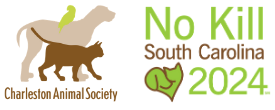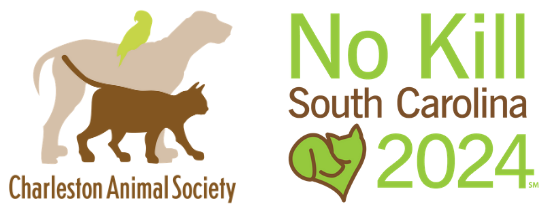World Small Animal Veterinary Association statement about the interaction with pets that have been in contact with Coronavirus-19 positive person “While SARS-Cov-2 seems to have emerged from an animal source, it is now spreading from person-to-person. Person-to-person spread is thought to occur mainly via respiratory droplets produced when an infected person coughs or sneezes. At this time, it’s unclear how easily or sustainably this virus is spreading between people. Learn what is known about the spread of newly emerged coronaviruses. Importantly, there is limited evidence that companion animals including pets such as dogs and cats, can become infected with SARS-Cov-2. Although there is no evidence that pets play a role in the epidemiology of COVID-19, strict hand hygiene should be maintained by the entire clinical team throughout the veterinary interaction, especially if dealing with an animal that has been in contact with an infected person.” https://wsava.org/wp-content/uploads/2020/03/COVID-19_WSAVA-Advisory-Document-Mar-19-2020.pdf
Recommendations created to shelters by Dr. Charlotte Robinson DMV of Code 3 Associates – Animals with known intimate contact with a person that has tested positive for COVID-19:
Infection control procedures including administrative rules and engineering controls, environmental hygiene, correct work practices, and appropriate use of personal protective equipment (PPE) are all necessary to prevent infections from spreading during an event. Prompt detection and effective triage and isolation of potentially infectious animals are essential to prevent unnecessary exposures among employees and visitors at any facility. All animal facilities must ensure personnel are correctly trained and capable of implementing infection control procedures; individual shelter staff must understand and adhere to infection control requirements.
1. Before receiving any animal with known or possible exposure to any contagious disease, make sure your facility is prepared and staff are properly trained with the correct equipment to handle the situation for the duration of the event.
2. The shelter facility must have a designated area to quarantine with:
a. Separate ventilation.
b. Separate housing amongst quarantined groups.
c. Controlled access with lockable doors for all quarantine areas.
3. Personal protective equipment (PPE):
a. Must be correct for the known threat.
b. Must be properly worn.
c. Supplies must be adequate for the duration of the event.
d. Must be distributed to employees after proper training in use and limitations.
4. Supervisory staff and supervisory veterinarian must have complete understanding of the threats presented by the event and direct strategy for decontamination, treatment, containment, cleaning/disinfection and for possible further spread throughout the facility.
5. Upon intake of a known animal with intimate contact with a person that has tested positive with COVID19 virus, obtain a release to treat and possibly remove fur/hair if needed for the decontamination process. All incoming animals should be microchipped for future tracking. Intake staff must be properly trained and wearing appropriate PPE. All contact between staff and animals must be limited and documented appropriately.
6. Decontamination is mandatory for all animals that have been exposed to the COVID-19 virus. Staff must wear appropriate PPE when conducting a decontamination process to minimize exposure to respiratory pathogens that cause COVID-19 virus. Clean animal coat thoroughly, removing matted hair as needed, following current best practices for animal decontamination.
7. Use approved disinfects and follow manufacturing guidelines for disinfection and containment against COVID-19. Setup up doorway containment to reduce the possible further spread of the virus. Using appropriate disinfectants in a spray bottle with a shuffle pit can be far more effective than a kill rinse bucket. All surfaces must be properly rinsed because chemical burns and damage to soft tissue can occur to animals housed in treated areas. Solid waste must be considered hazardous waste and disposed of
properly. (Incineration is most effective)
8. Precise and accurate documentation of all animals must be tracked throughout the complete process. Staff trainings and activities during an event must be documented. Training and safety officers must comply with all state and federal regulations. Training standards must be adhered to and reporting procedures followed. (See federal, state, and local requirements)
9. Public information: to reduce panic, correct and accurate information is mandatory. Inform the public of your response plan and the safety protocols that your shelter has in place to help animals exposed to COVID19. Provide contact information for services that will help pet owners during this event.
10. Return healthy animals to their owners and issue guidelines on disinfection and cleaning before returning
the animal home.
Be aware that common sanitizers and sterilizers could contain hazardous chemicals. Where workers are exposed to hazardous chemicals, employers must comply with OSHA’s Hazard Communication standard (in general industry, 29 CFR 1910.1200), Personal Protective Equipment standards (in general industry 29 CFR 1910 Subpart I)
and other applicable OSHA chemical standards.
https://www.animalsheltering.org/sites/default/files/documents/ASAR_CODE3_PrepareShelterTeam.pdf


